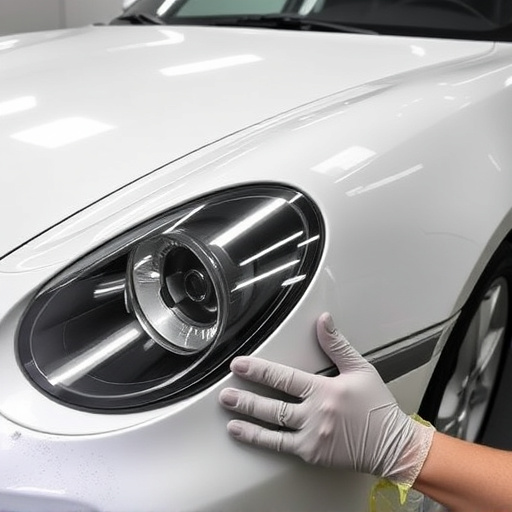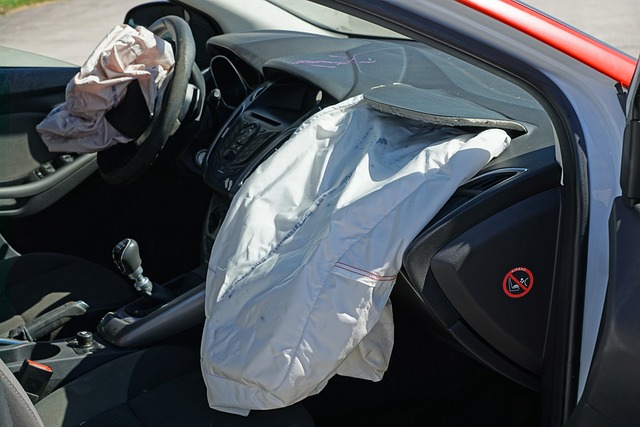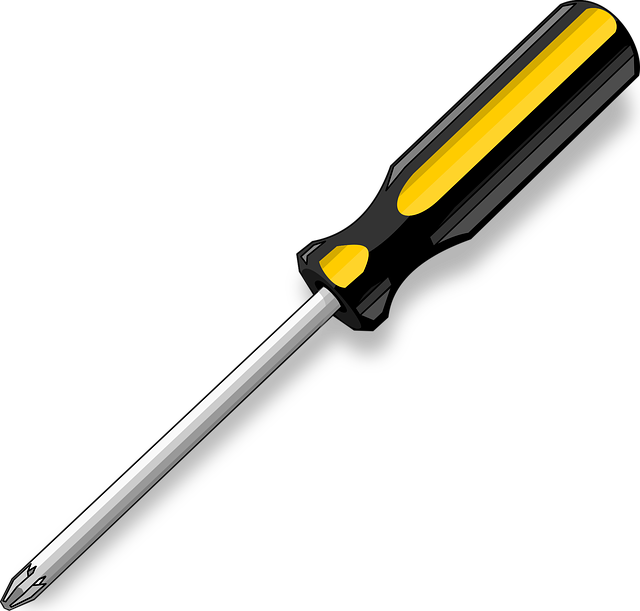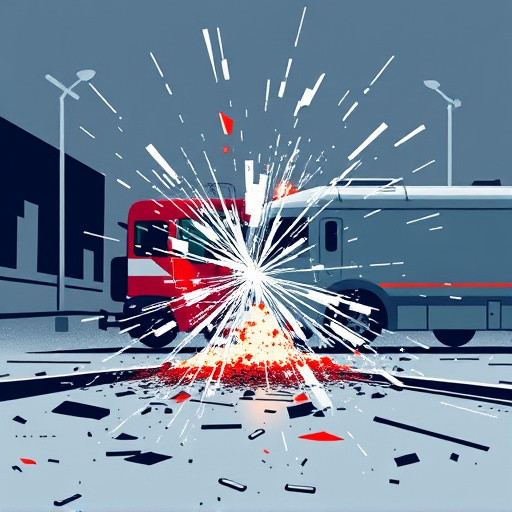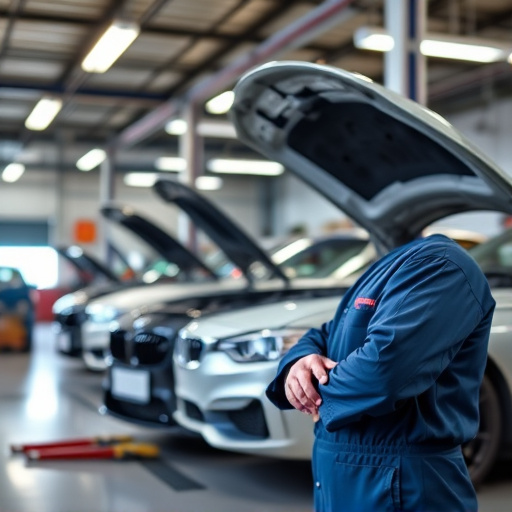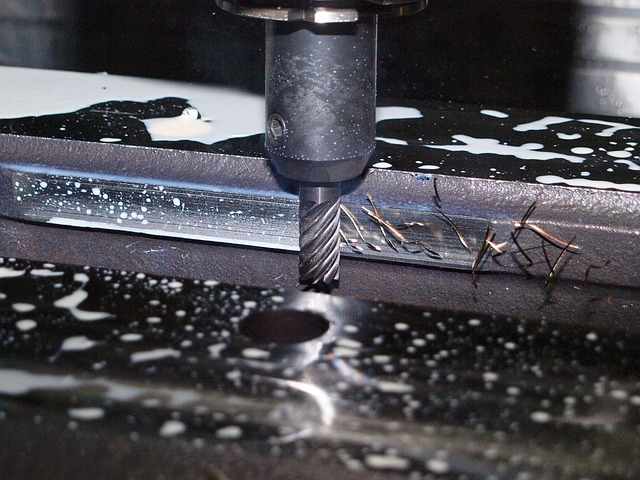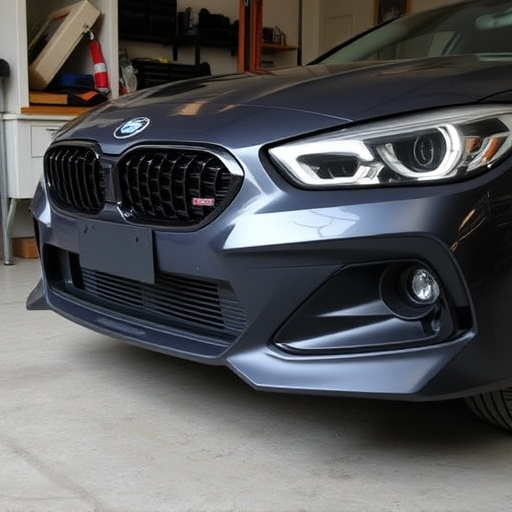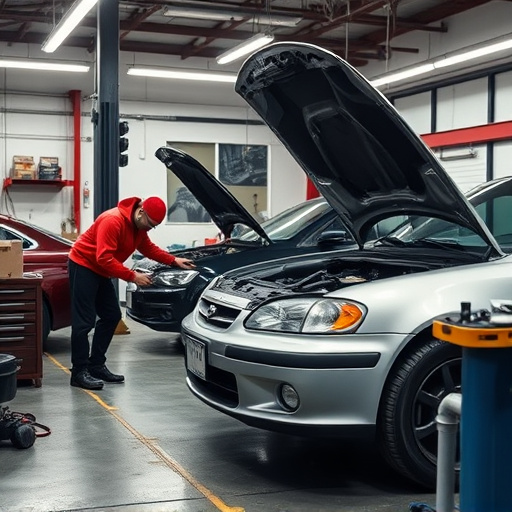After a pedestrian accident, immediate safety and medical attention are priorities, but evaluating and repairing guardrails, crosswalks, and signage is crucial for long-term risk mitigation. Professional inspections ensure compliance with best practices and local laws, preventing future accidents. Efficient planning involves assessing damage, coordinating repairs with stakeholders, and integrating them into community infrastructure to create a safer environment for pedestrians and vehicles.
“Ensuring pedestrian safety is paramount after accidents, but when should repairs and upgrades to these crucial features be scheduled? This article navigates the delicate balance between immediate risk mitigation and long-term strategic planning. We delve into assessing potential dangers, understanding legal implications and insurance requirements, and efficient repair management. By exploring these aspects, you’ll gain insights into optimizing pedestrian safety features repair, adhering to regulations, and fostering a secure environment.”
- Assessing Immediate vs Long-term Risks
- Legal Implications and Insurance Requirements
- Efficient Planning for Repairs and Upgrades
Assessing Immediate vs Long-term Risks

After a traffic accident, the initial focus is often on immediate safety and medical attention. However, assessing the extent of damage to pedestrian safety features is crucial for long-term risk mitigation. These features, such as guardrails, crosswalks, and signage, play a vital role in preventing future accidents and protecting pedestrians.
In the aftermath of a collision, a thorough inspection by professionals like those in a Mercedes Benz collision repair center or any vehicle body shop can help identify potential hazards. While quick repairs for immediate safety are essential, planning for comprehensive pedestrian safety features repair should be part of the recovery process. This ensures that the affected area is not only safe for short-term use but also adheres to best practices for preventing future incidents.
Legal Implications and Insurance Requirements
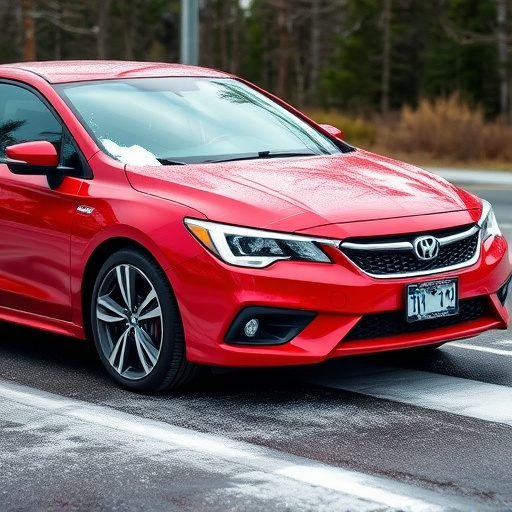
After a pedestrian accident, one of the first considerations is understanding the legal implications and insurance requirements surrounding the incident. Depending on local laws and the severity of the injury, there may be strict guidelines regarding when and how to address pedestrian safety features repair. Failure to comply with these regulations could result in legal consequences for property owners or businesses.
Insurance policies often have specific clauses related to pedestrian safety features repair. Policyholders should review their coverage to determine what types of repairs are covered and under what circumstances. For instance, comprehensive or liability insurance may include provisions for auto body repair or even classic car restoration if the incident involves a historical vehicle. Ensuring timely communication with insurance providers is crucial to avoid delays in repairs and potential disputes regarding compensation.
Efficient Planning for Repairs and Upgrades
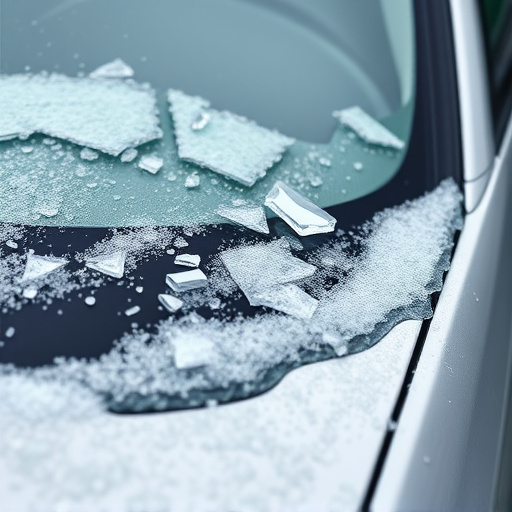
Efficient planning is key when it comes to scheduling pedestrian safety features repair after accidents. The initial step involves assessing the extent of damage to determine which components require attention. This process should be swift yet thorough, as prompt action can prevent further complications and ensure the safety of pedestrians and vehicles alike. A well-organized schedule takes into account not just visible repairs like car dent repair or car paint repair but also underlying systems crucial for pedestrian safety, such as signal lights, crosswalk markings, and guardrails.
A strategic planning approach allows for seamless integration of repairs and upgrades within the community’s infrastructure. By prioritizing pedestrian safety features repair, local authorities can create a more secure environment for everyone. This involves coordinating with vehicle body shops, traffic management experts, and public works departments to ensure that repairs are executed efficiently without disrupting daily commutes or posing new hazards.
When addressing pedestrian safety features repair after accidents, a balanced approach is crucial. Assessing immediate risks and understanding legal implications are key steps in efficient planning. By prioritizing long-term solutions, you not only meet insurance requirements but also contribute to enhancing overall safety, ensuring a secure environment for everyone. Prompt action and thoughtful upgrades can significantly mitigate future incidents, making it a worthwhile investment.

